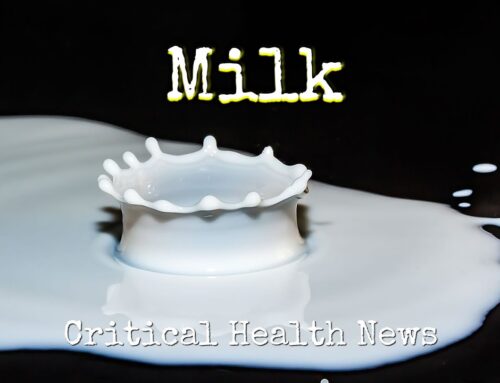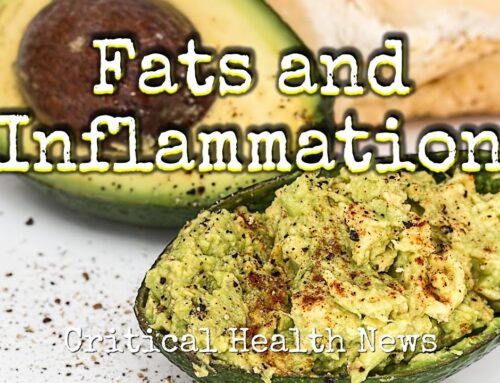While they’re almost 90 water, the darkest corridor root more commonly known as the carrot is absolutely packed with valuable nutrition. Known for its red orange pigments, which were bred into the carrot by the Dutch in the 6th century to honor the royal color of the Netherlands monarchy, the popular sweet veggie is actually naturally colored purple.
Carrots are so therapeutically valuable they were originally grown as medicines. first cultivated in Afghanistan almost five Fthousand years ago, the carrot contains powerful phytochemicals that are especially important for their anti-fungal properties.
For those suffering from vitamin a deficiency, carrots have been shown to improve night vision. That’s because of their wonderfully eye-friendly pigments. In addition to red carotenes, carrots also contain red yellow lutein and orange yellow zeaxanthin, which are also found in many popular ocular supplements. They’re a good source of vitamin K for healthy bones and blood.
And that’s not all the crunchy root veggie can do. Whether it’s because of their polyphenols or vitamins or perhaps their fiber, carrots are anti-inflammatory. Their phytochemicals can kill tumor cells. It’s now widely accepted that they can play a central role as a protecting vegetable against cancer.
As with many veggies, the phytonutrients and carrots are hard for the human digestive system to extract. The beta-carotene in particular is difficult to absorb, with only three percent released by the digestive process. Carrots can be prepared in a variety of ways. Of course they’re quite delicious raw, but to maximize nutrient absorption, it’s best to enjoy them with butter slightly steamed or braised.










